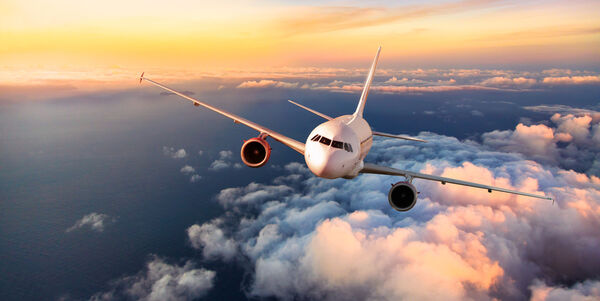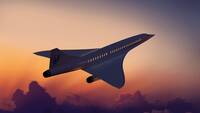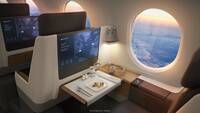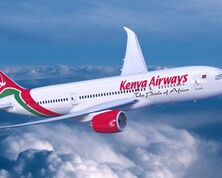
Our holidays are possible only because of the sacrifices that early pioneers made in the quest to take to the skies and venture further than anyone had previously. Nowadays, one can travel by air in relative luxury and at affordable prices but this certainly hasn't always been the case.
The Wright Brothers developed the world's first successful motor-operated airplane in 1903. But air travel far proceeds their efforts to transport humans further than ever before. Prior to the 17th century, flight attempts were made by those in Ancient Greece, China and Renaissance Europe, and Leonardo da Vinci designed many flying machines, influenced by bird flight.
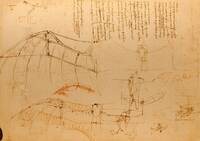
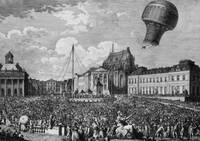
In 1650, Cyrano de Bergerac wrote a handful of fantasy novels in which he described the principle of lighter than air balloon travel. This realisation didn't become a reality until over 100 years later when scientist Pilatre De Rozier launched the world's first successful hot air balloon flight - its passengers, a sheep, a duck and a rooster who floated in the skies above Versailles, France for 15 minutes before crashing back down to earth.
Influenced by the hot air balloon, the airship was to be the next innovation in air travel when the first sustained powered, controlled flight in history is believed to have taken place on 24 September 1852. Henri Giffard flew about 17 miles across France from Paris to Trappes.
Airships, although not at all practical and unable to carry commercial loads, were used well into the 20th century until the Hindenburg Disaster all but eliminated their use.
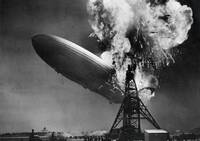
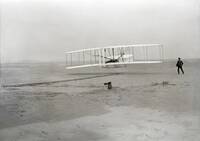
Previous attempts at controlling and powering aircraft had failed but the Wright Brothers solved those problems when they launched the Wright Flyer which earned them the record of world's first sustained flight with a powered, controlled aircraft. It is from this aircraft that all others descended. And so here starts the real journey...
1909
Louis Blériot won a £1,000 prize (equivalent to £125k in 2021) offered by the Daily Mail for his successful attempt to fly across the English Channel.
1911
The first military planes were commissioned and used by the Italian military who made reconnaissance, bombing and artillery correction flights in Libya during the Italian-Turkish war.
1914
The world's first commercial airline is founded; the St. Petersburg-Tampa Airboat Line. American aviator Tony Jannus captained the inaugural flight, cutting the time it took to reach Tampa Bay from St. Petersburg, Florida from 12 hours by train or 4 hours by boat, to just 23 minutes by aircraft.
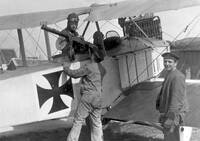
World War One (1914-1918)
WWI was the first major conflict that saw large-scale usage of aircraft. France led the way in designing and manufacturing aircraft, supplying many of Britain's aeroplanes. Over the course of the war, it is estimated that around 200,000 aircraft were used by all countries involved in the fighting.
1916 British Airways founded as Aircraft Transport and Travel Limited. It became known by its current name in 1974.
Interwar (1918-1938)
Great advances were made in air travel between the wars.
1920 Croydon Airport, London was the first airport in the world to introduce air traffic control. Qantas is founded as the Queensland and Northern Territory Aerial Services company.
1925 Delta Airlines founded.
1927 Charles Lindbergh becomes the first man to fly solo across the Atlantic. Pan American Airlines founded.
1928 Charles Kingsford Smith becomes the first person to make a transpacific flight from the USA to Australia, and the first flight between Australia and New Zealand.
1929 The Dornier Do X is launched. It is the largest aircraft ever built at the time with a wingspan of 48m.
1932 Amelia Earhart becomes the first woman to fly solo across the Atlantic. She took off from Newfoundland and touched down near Derry, Northern Ireland after a 14 hour and 56 minute flight.
1936 American Airlines founded.
1937 British aviator Sir Frank Whittle puts forward his invention of the jet engine. It is not put to into operational use until 1939 when German Hans Pabst von Ohain made the first jet engine flight.
1938 Boeing manufactures the world's first commercial plane with a pressurised cabin, the Boeing 307.
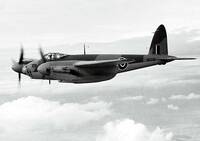
World War Two (1939-1945)
Advances continued as WW2 waged on, not only in the development of aircraft but the technology contained within them and in-flight weapon delivery systems. It became the first major conflict that was fought primarily from the air with large-scale strategic bombing campaigns. Radar technology was a new piece of tech that made its debut in the war, allowing for more coordinated aircraft deployment.
Postwar
1947 U.S. Air Force Captain Chuck Yeager breaks the sound barrier, the first time in history.
1949 The first commercial jet airliner, the de Havilland Comet, makes its maiden flight.
1950s First Class travel is first introduced as a separate class.
1956 Aeroflot, Russia's flag carrier, becomes the first airline to offer regular flights.
1960s The Space Race saw the USA and USSR battle it out to venture further than ever before; to the moon. While the USSR launched Sputnik, the first artificial satellite, into low-earth orbit in 1957, the US succeeded in landing man on the moon in 1969.
"One small step for man. One giant leap for mankind"
1967 Air speed record broken by the X-15, a US-built aircraft, jumpstarting the beginning of supersonic air travel.
1969 The British-made Harrier Jump Jet is launched, becoming the first aircraft capable of making a vertical takeoff and landing.
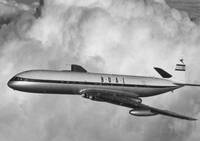
Late 20th Century
1970s Business Class travel is first introduced alongside First and Economy classes.
1976 A deal struck between British Airways and Air France sees the launch of Concorde. The iconic aircraft was capable of flying at speeds of 1,346mp/h (2,167 km/h) and reached a Mach of 2.04. For the first time, passengers were able to travel from London to New York in under three hours.
1983 Fire safety laws were introduced on aircraft following the Air Canada Flight 797 fire.
1984 Virgin Atlantic was founded.
1985 Ryanair founded marking the beginning of large-scale, low-cost air travel.
1986 The Rutan Voyager becomes the first aircraft to fly around the world with landing or refuelling.
1990s Premium Economy class is introduced, offering wider seats with more legroom.
1994 Electronic ticketing and online booking systems were launched.
1995 EasyJet founded.
1996 Travelocity becomes the first online travel agency.
1997 In-flight smoking was banned.
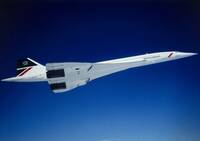
21st Century
The new century promised hope and prosperity for aviation but that reality was dashed in the wake of the 9/11 attacks. America's aviation industry took a massive blow, with passenger numbers not returning to pre-9/11 levels until 2006. But the attacks had a silver lining; a host of new international aviation laws and safety procedures were introduced to make air travel safer including enhanced screenings, limits on what you can bring onto aircraft and cockpit security. Air travel is safer now than it has ever been.
2005 The world's largest aircraft, Airbus A380, makes its maiden flight. It has a wingspan of nearly 80m and a passenger capacity of 854.
2008 In-flight Wi-Fi began being rolled out across select carriers.
2009 Online bookings overtake in-person bookings for the first time.
2017 First Class cabins were introduced by Emirates, offering inclosed cabins with a minibar, large LCD screen, lighting and temperature control and a fully reclinable seat bed.
24 July 2019 was the busiest day in aviation as recorded by FlightRadar, with 225,000 flights taking off around the world in 24 hours.
2020 Singapore Airlines launched the longest non-stop passenger flight route between Singapore and New York. Totalling 15,349km (9,537 mi) with a flight time of 18 hours and 30 minutes.
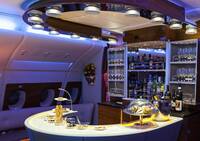
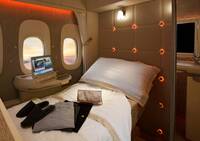
The future
Heading into the future, air travel will need to overcome some big challenges; more people travelling and greener aircraft.
2025 Qantas will begin operating non-stop flights from Sydney to London and New York. When launched, it will be the longest non-stop, passenger route with a flight time of 20 hours. This is all possible thanks to a new generation of planes from Airbus, capable, the company says, of flying direct to any city in the world. When the Sydney-London route was first launched by Qantas in 1947, it took 58 hours and seven stops!
Given the effects of mega long-haul travel, the planes will offer more space and new areas for passengers. Seats will be wider than standard long-haul aircraft and Qantas has proposed a wellbeing space in the centre of the plane, allowing passengers to exercise and grab free snacks.
2029 American airline United has signed a purchase agreement with supersonic aircraft manufacturer Boom. United will purchase 15 of Boom’s ‘Overture’ airliners, capable of flying at up to Mach 1.7, cutting journey times in half. But wait - it gets better! Boom's aircrafts run on 100% sustainable aviation fuel with a net-zero carbon footprint. The first flight will take off in 2029. Read more at Boom Supersonic.
Who we fly with

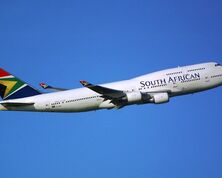
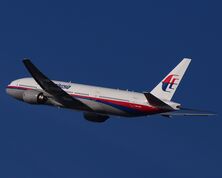
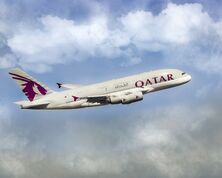
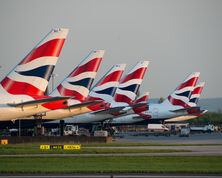
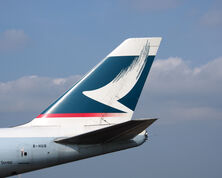
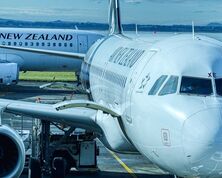
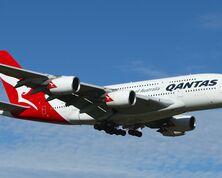
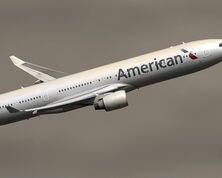
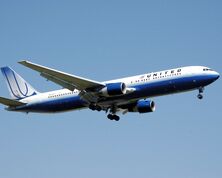
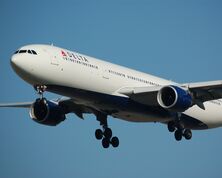
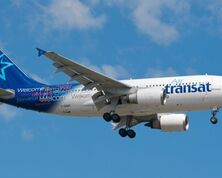
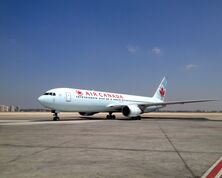
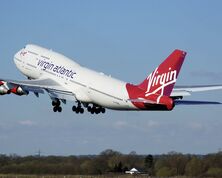
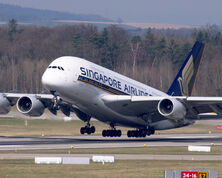
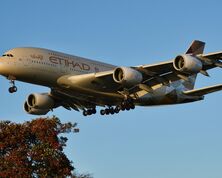
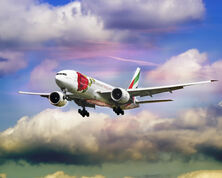
Ben Tully
Visual Design & Content Creation
Ben deals with all things design, working on the visual design of our annual guides, Destinations magazine, information leaflets, social media and email campaigns, and much more across the Alan Rogers, Rallies and Worldwide brands. He also produces written content for our blogs alongside our other contributors.
More by Ben TullyRecent Blog Posts
-
Explore the World Your Way
February 13, 2025 -
Guest Post: A Journey through the Parks and Lakes of Western Canada
October 28, 2024 -
Rhythms of the South: Celebrating the Sounds of Southern Soul, Gospel and Funk
October 10, 2024 -
Rhythms of the South: Exploring the Soul of Memphis Blues, Soul and Rock 'n' Roll
October 2, 2024 -
Rhythms of the South: A Journey Through the Jazz and Dixieland Roots of New Orleans
September 24, 2024
